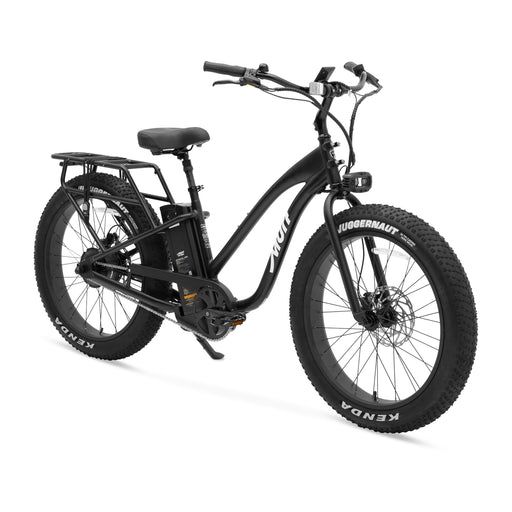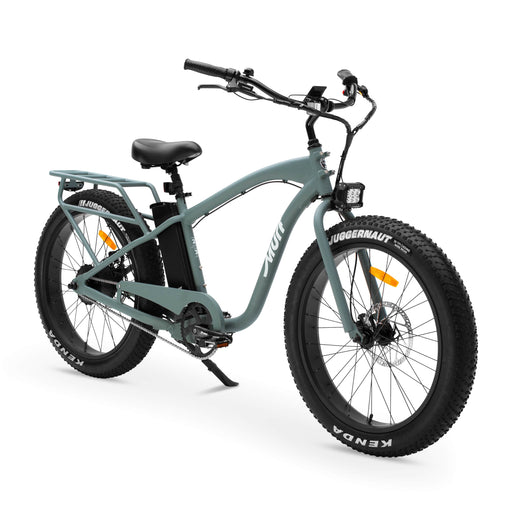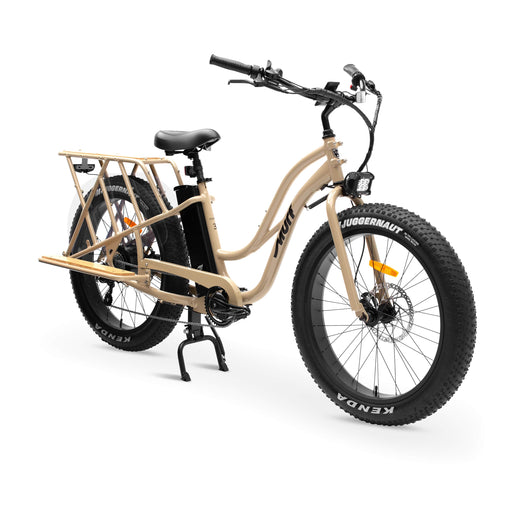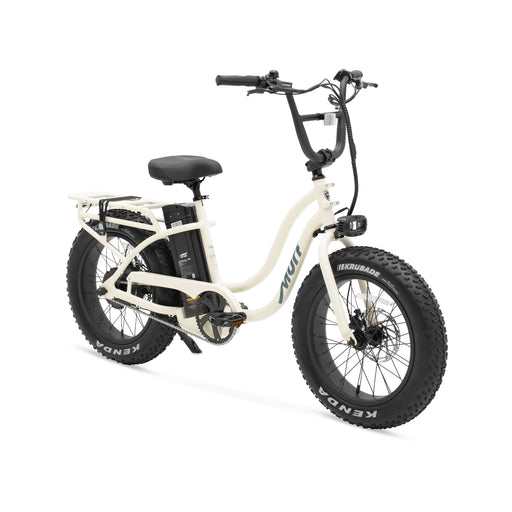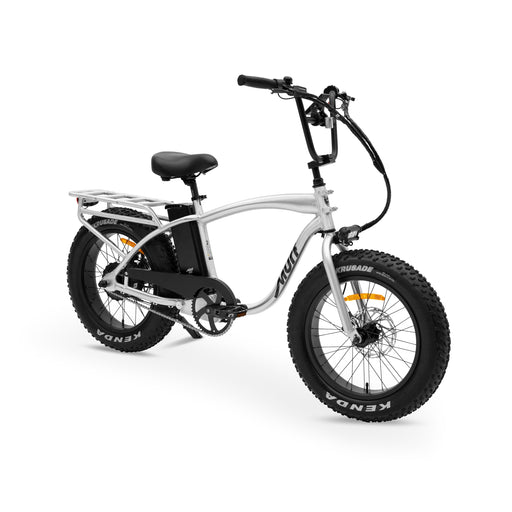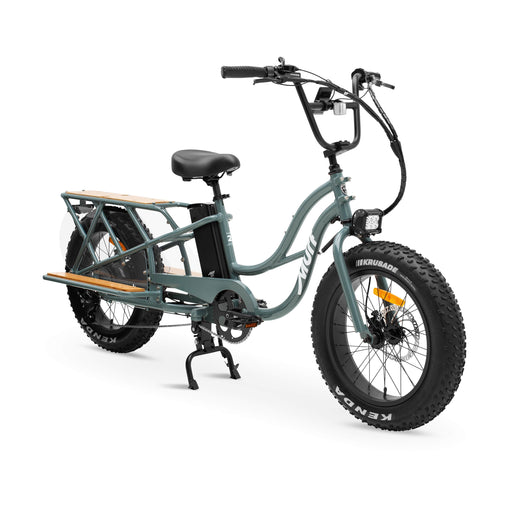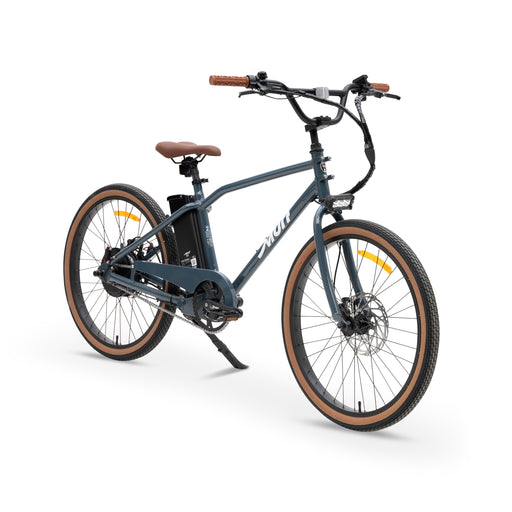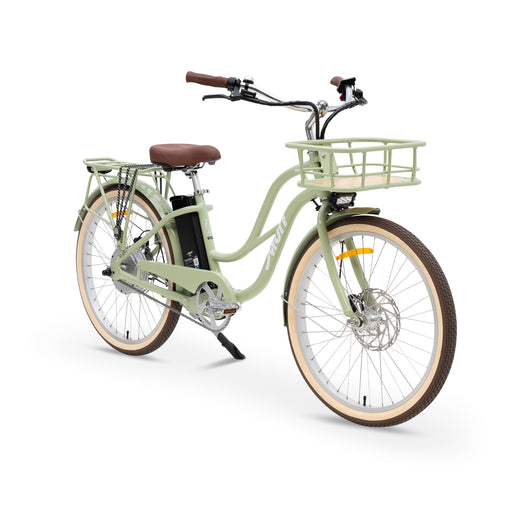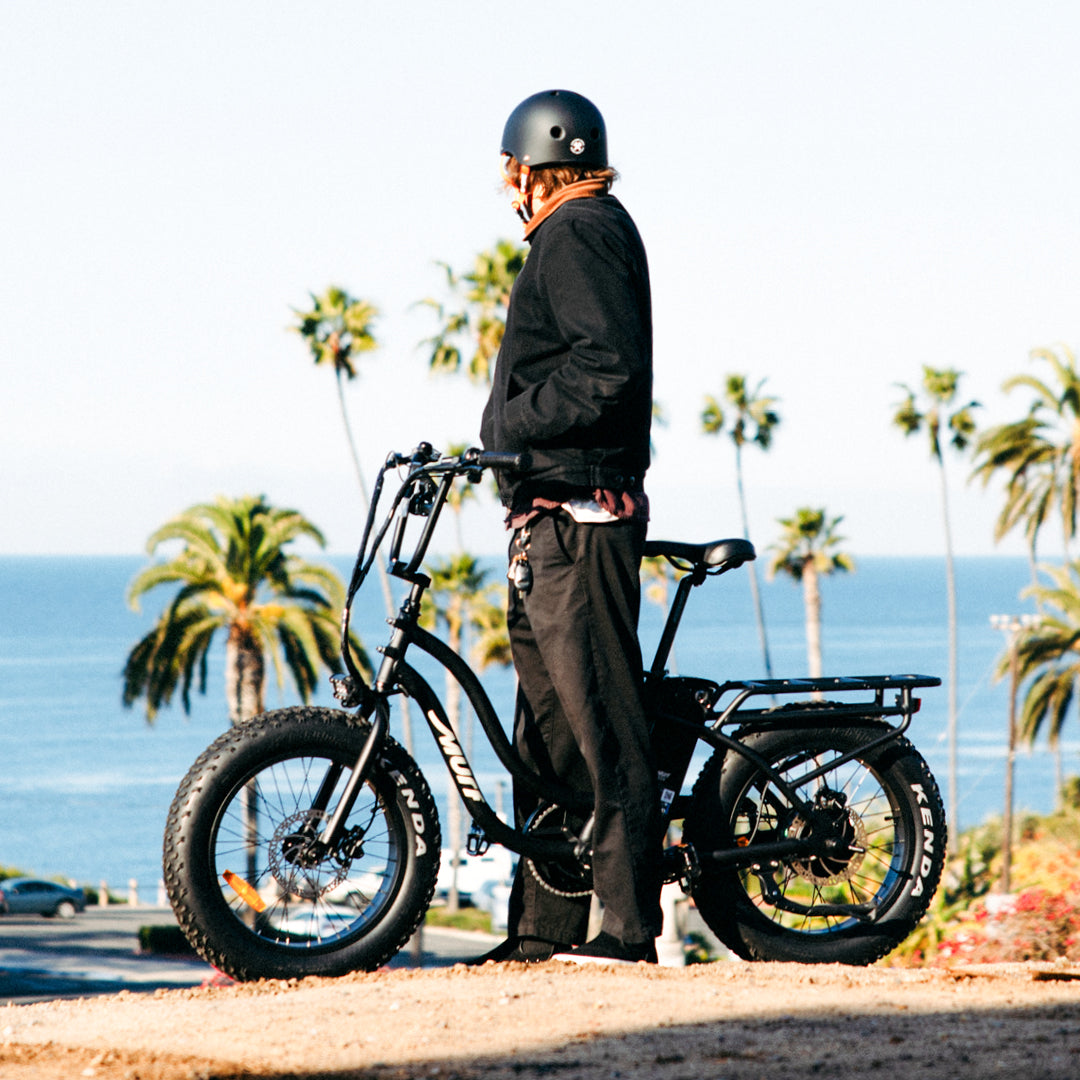The History of Electric Bikes
Electric bikes are a common mode of transportation around the world, and they are also a popular choice for those who enjoy bicycling for pleasure. Those who use electric bikes as a means of transportation often choose them because they're environmentally friendly and often more efficient than gas-powered vehicles. When cars are at a standstill on the road, bicycles can maneuver around the snarled traffic to continue on their way. It's estimated that more than one billion bicycles exist in the world, and it's possible that as many of 40 million of these bikes will be the electric variety by 2023. Electric bikes have been improved significantly since they were first invented, and it's likely that they will continue to advance as technology progresses.
The first electric bikes date back to the 1880s and 1890s, as shown in patent office records in both the United States and France. Many people were working on prototypes of electric bikes, but these ideas often never progressed past the point of patents. Instead of producing these inventions, the inventors just ended up discarding them. France claims the invention of a three-wheeled motor-powered vehicle that was operated with hand levers but no pedals. This was one of the earliest inventions of its kind. Ogden Bolton Jr. had one of the first patents in the United States in 1895 for his battery-powered bicycle, which wasn't significantly different from some modern electric bicycles of today. Hosea W. Libbey invented an electric bicycle in 1897 that moved with a double electric motor that was part of the hub of the crankset axle.
During the 20th century, Europe was one of the first places where electric bikes were mass-produced. The Phillips Simplex Electric Bike was created in 1932. The Japanese were also interested in creating and producing electric bikes, and they introduced notable models in both 1975 and 1989. Bikes of this era used lead-acid and NiCad batteries, which made them heavier than today's electric bikes. In 1989, the Pedal Electric Cycle was designed; it was a bike that worked much like a standard bicycle, but an electric motor could kick in to help as the rider pedaled. Soon, this "pedal assist" technology was common in electric bicycles. Companies chose to implement throttle-style power, pedal-assist power, or both types of power in electric bikes. A shift to lithium-ion batteries was also a significant advance during this time, since this lowered the weight of electric bikes so they were easier to maneuver.
With the turn of the 21st century, electric bike production increased, and the market expanded exponentially. Many people have chosen to ride electric bikes exclusively, and others ride both types of bikes interchangeably. Electric mountain bikes have enabled more people to engage in off-road biking. Electric street bikes have made it possible for more people to commute by bike instead of gas-powered vehicles. And the use of electric cargo bikes has revolutionized the delivery of products.
Electric bikes have created a new world of options for people who commute to work, ride for pleasure, or bike as a part of their employment. Over time, the work to create and then enhance electric bicycles has resulted in a wide variety of designs and models with differing styles, features, and applications. Electric bicycles have evolved significantly in the past 120 years, and it's likely that they'll continue to get better and better as technology advances.
Learn more about electric bikes and traditional bicycles by visiting these websites:
- History of the Electric Bicycle: Originally Invented in 1895
- The Surprisingly Long History of Electric Bikes
- On Your Bike: Why Consumers Are Increasingly Choosing E-Bikes
- The Ultimate Guide to Electric Bikes
- Seven Great Benefits of Electric Bikes
- A Brief History and Overview of Electric Bikes
- The Emergence of Electric Bikes in China
- History of the Bicycle: A Timeline
- The History of Wheels and Bicycles
- Faster, Further, Funner: E-Bikes Zoom Ahead
- The Future of E-Bikes Is on the Move
- The Development of the Velocipede
- Science of Cycling: A History of Bicycling
- The Bicycle's Bumpy History
- Who Invented the Bicycle?





 info@murfelectricbikes.com
info@murfelectricbikes.com
 1-949-218-5920 (SC)
1-949-218-5920 (SC)
 Find Retail or Service
Find Retail or Service




